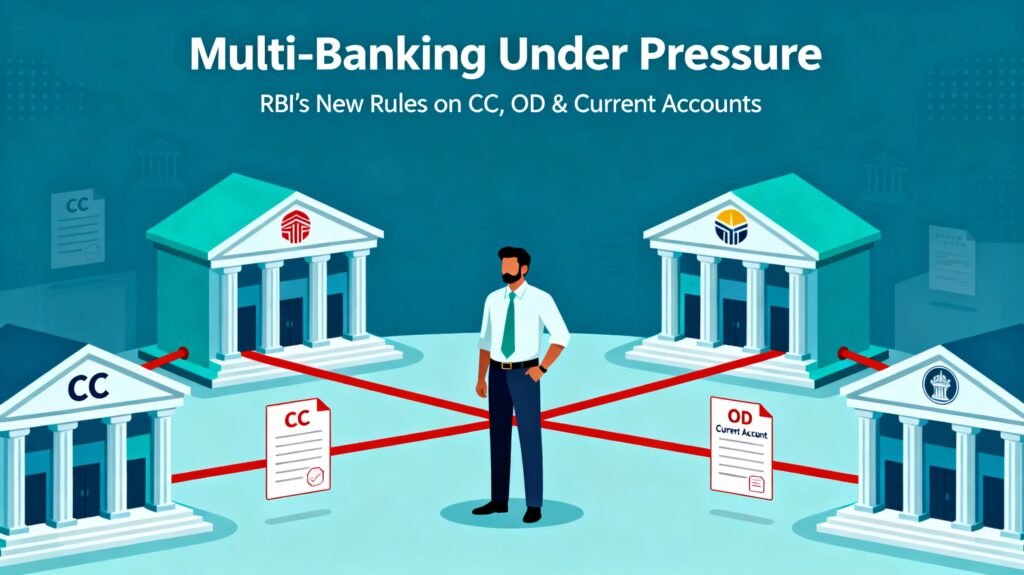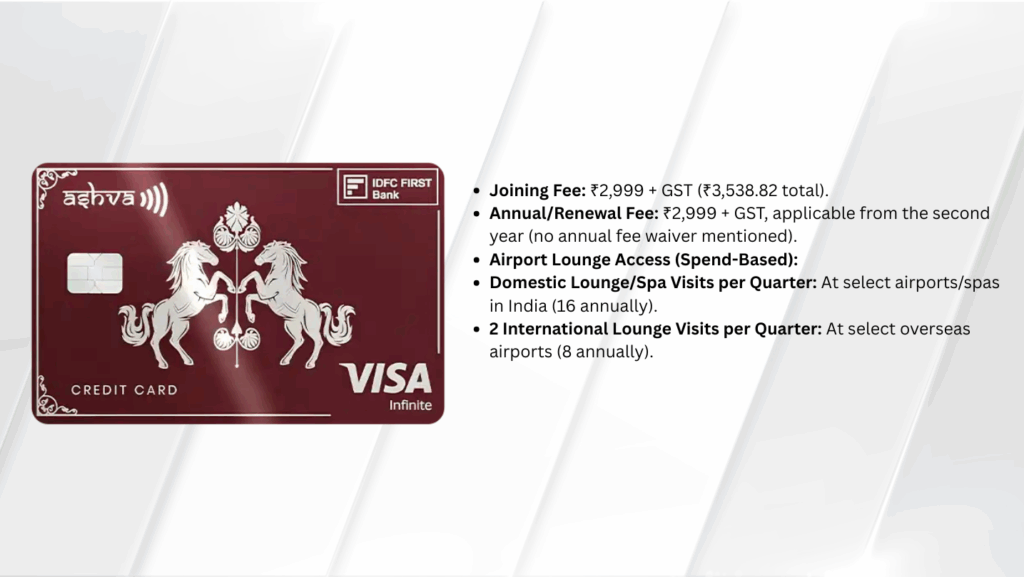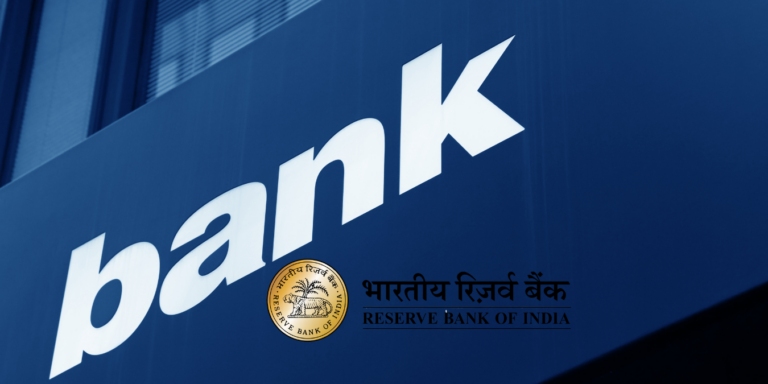
Why RBI’s New 20% Exposure Rule Could Secretly Rewrite Indian Banking in 2025
Disclaimer: The use of any third-party business logos in this content is for informational purposes only and does not imply endorsement or affiliation. All logos are the property of their respective owners, and their use complies with fair use guidelines. For official information, refer to the respective company’s website.
The Reserve Bank of India (RBI) has once again sparked a deep conversation across financial circles with its October 2025 draft circular proposing a new cap on banks’ capital market exposure. Under the new guidelines, banks’ combined direct investment and acquisition finance exposure cannot exceed 20% of their Tier 1 capital, while their overall capital market exposure is limited to 40%. This move, though technical on the surface, holds profound implications for India’s banking system, equity markets, and the corporate financing landscape.
The Smart New Rule: What the RBI is Saying
The RBI’s draft circular (October 2025) aims to strike a fine balance between financial growth and systemic safety. In short:
- Direct exposure limit: Banks can invest directly in capital markets and fund acquisitions up to 20% of Tier 1 capital only.
- Overall exposure limit: Total exposure (including indirect routes like lending against securities) capped at 40% of Tier 1 capital.
- Acquisition finance: Banks can finance up to 70% of a deal’s value, with the acquiring firm contributing at least 30%.
- Eligibility: Only profitable, listed companies with a strong net worth and a three-year profit track record can access such bank financing.
- Risk control: Banks must create internal caps, monitor intra-day exposures, and track market volatility closely.
This mix of prudence and progress shows the RBI’s intention: encourage measured corporate lending without repeating excessive risk-taking seen before global crises.
Why RBI is Doing This — The Hidden Logic
Capital markets have become the new frontier of bank risk. Indian banks are increasingly channeling money into equities, IPO financing, bond placements, and M&A acquisition deals. While this energizes the economy, it also raises red flags about liquidity shocks and market contagion.
The RBI’s 20% cap is a shock absorber. It prevents banks from being overexposed if stock markets tumble or corporate valuations correct sharply. In essence, it forces financial institutions to grow smartly, not recklessly — a preventive medicine against a future banking crisis.
The move also echoes global prudential standards, aligning India closer with Basel norms on concentration and market exposure risks.
Tier 1 Capital — The Core Safety Cushion
Tier 1 capital is the backbone of a bank’s balance sheet. It includes pure equity and retained earnings — funds permanently available to absorb shocks. When RBI ties exposure limits to this capital, it ensures that market risk remains proportional to genuine resilience.
Example:
If a large private bank has ₹100,000 crore in Tier 1 capital, its direct exposure limit under the new norms would be ₹20,000 crore, and total exposure to capital markets cannot cross ₹40,000 crore.
This mechanism gives regulators a clear visibility of systemic strength, linking exposure to real buffers rather than accounting optics.
The Shock Factor for Banks and Investors
These rules are not just financial fine print — they could reshuffle the way Indian banks operate. Here’s how:
- Private banks like HDFC Bank, ICICI Bank, and Axis Bank, which have sizable investment banking arms, may need to rebalance portfolios.
- PSU banks, often more conservative, might adapt easily but could lose out on lucrative M&A financing opportunities.
- Corporate borrowers might see higher cost of capital for acquisition-related credit, as banks ration exposure under tighter caps.
- Stock markets could initially react with a dip in banking and financial services shares due to perceived credit tightening.
However, the long-term impact is healthier — a more stable lending environment with fewer systemic vulnerabilities.
A Quick Look: Old vs New Exposure Rules
| Category | Earlier Framework (Pre-2025) | RBI Draft Circular (October 2025) |
| Direct Capital Market Exposure | Up to 40% of net worth (less defined) | 20% of Tier 1 capital |
| Total Capital Market Exposure | Lacked uniform limit | 40% of Tier 1 capital |
| Acquisition Financing | Previously restricted | Allowed up to 70% of acquisition cost |
| Borrower Eligibility | Broad | Listed companies with 3-year profit track record |
| Monitoring & Controls | Bank discretion | Mandatory intra-day and counterparty exposure limits |
The Smart Shift: From Aggressive to Accountable Growth
This policy signals a strategic shift in India’s regulatory philosophy — from promoting high-octane credit expansion to fostering disciplined capital deployment. The timing is critical:
- India’s M&A activity surged post-2023, crossing $160 billion in 2024, fueled by cheap bank funding.
- Banks increased exposure to equity-linked products, NBFCs, and IPO lending, creating hidden leverage pockets.
- The central bank clearly observed rising correlation risks — when stock markets fall, so does the value of bank-secured collateral.
By trimming direct exposure to 20%, RBI sends a message:
"Participate in India’s growth — but don’t gamble the system’s stability."
Market Buzz: How Analysts Are Reading It
Financial analysts and credit rating firms see the circular as a pre-emptive strike — a “quick fix before volatility strikes” move.
- Moody’s India Rating Division interprets the policy as a “prudential step that enhances systemic robustness and will positively affect sovereign risk perception.”
- Brokerage houses like JM Financial predict short-term moderation in IPO financing but long-term stability in capital flows.
- Equity strategists point out that reduced bank risk may lower market exuberance — a cooling mechanism before the next bull wave.
The draft’s dual cap structure (20% direct and 40% aggregate) introduces clarity that was missing previously.
RBI’s Timing — The Perfect Coincidence?
This draft comes just weeks after the RBI permitted banks to finance acquisitions and raised IPO loan caps, aiming to revive credit flow to productive sectors. The 20% rule now balances that liberalization with resilience.
In short, October 2025 marks a new phase:
- Phase 1: Encourage lending to fuel corporate expansion.
- Phase 2: Impose prudential caps to ensure “growth with guardrails.”
It’s a smart balancing act — risk-taking with reins firmly held.
The Future Outlook — What Happens Next
The circular is still in draft form; banks, industry bodies, and rating agencies have time till November 21, 2025, to send feedback. Post-consultation, final norms are expected early in 2026. If adopted, these could reshape India’s capital market architecture:
- Tighter bank exposure — promoting more participation from NBFCs, AIFs, and mutual funds.
- Better governance — through real-time exposure tracking and stress testing.
- Enhanced investor confidence — foreign investors view regulatory prudence as a mark of maturity.
- Long-term credit deepening — once risks are calibrated, banks can re-enter with safeguards.
Financial Express noted that the RBI’s circular also aims to raise LTV (loan-to-value) ratio on loans against securities from 50% to 60%, easing liquidity while maintaining caps.
Global Lens: Lessons from Abroad
Globally, regulators in Singapore, the UK, and the US follow similar prudential frameworks linking market exposure to Tier 1 capital. These models helped buffer their banking systems during the COVID and energy crisis volatility waves.
By adopting this direction, India signals it is adapting global best practices to local realities — a confidence signal to rating agencies and investors alike.
The Silent Winners — NBFCs and AIFs
Here’s the twist: while banks face new ceilings, non-banking financial companies (NBFCs) and Alternative Investment Funds (AIFs) might quietly emerge as winners. Since their exposure frameworks differ, they can capture the financing demand banks shed.
RBI’s earlier July 2025 update already allowed NBFCs and banks to invest up to 20% in AIFs, expanding their asset flexibility. This suggests the regulator is redistributing credit risk across a broader financial ecosystem — a Smart Diversification play.
Real Implications for Businesses and Stock Markets
- Corporate India: Dealmakers will need multi-source financing — from banks, NBFCs, and private funds. Expect more syndicated lending structures.
- Stock market liquidity: Slight decline as banks trim proprietary and client-linked exposures.
- Borrowing cost: Could see a short-term uptick for leveraged deals as funding caps tighten.
- Market sentiment: Healthy correction possible as institutional leverage reduces.
- Policy signaling: Reinforces RBI’s reputation as world-class risk regulator.
Key Takeaways — The New Capital Discipline
- Banks’ direct exposure to capital markets capped at 20% of Tier 1 capital.
- Total exposure (direct + indirect) restricted to 40%.
- Acquisition financing allowed selectively, up to 70% of deal value.
- Eligible borrowers must be listed, profitable, and financially sound.
- Focus shifts from aggressive expansion to controlled credit efficiency.
- Draft open for feedback until November 21, 2025; expected rollout in FY 2026.
- Aims to create stable, risk-aware bank participation in capital markets.
Final Thought: A Smart Balancing Act for India’s Future
In many ways, this RBI draft circular isn’t about restraint — it’s about responsible freedom. By setting the 20% limit, the central bank is redefining what “smart risk” means in a growing $5-trillion economy. It’s the kind of rule that signals to global investors that India’s rise will be balanced, institutional, and robust, not fuelled by speculative overreach. Yet, it leaves one big question dangling — how will Indian banks chase growth when prudence becomes policy? As the consultation window closes, the financial world waits for RBI’s next move with a mix of respect and curiosity. Whatever follows, one thing is clear: India’s banking system is being recalibrated for the future — powerful, predictable, and prudently bold.
Disclaimer: The use of any third-party business logos in this content is for informational purposes only and does not imply endorsement or affiliation. All logos are the property of their respective owners, and their use complies with fair use guidelines. For official information, refer to the respective company’s website.





























